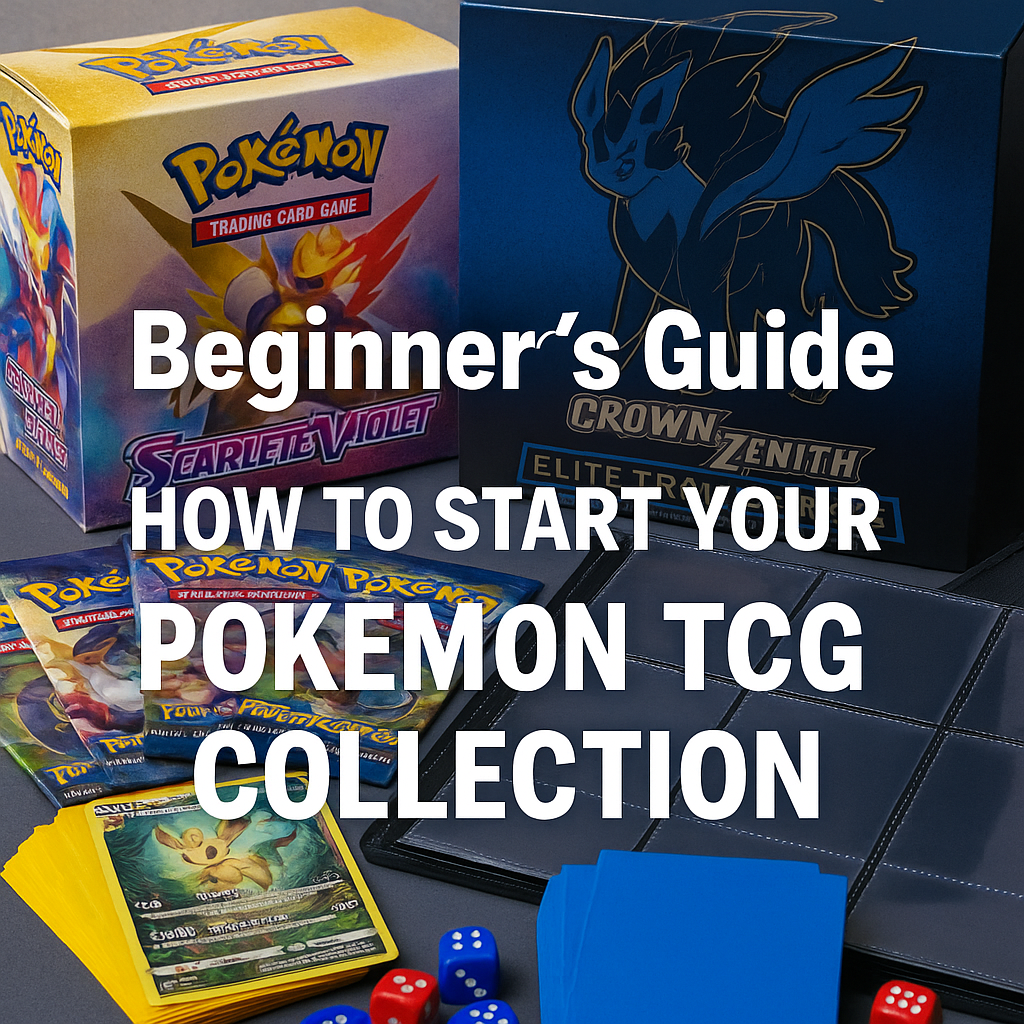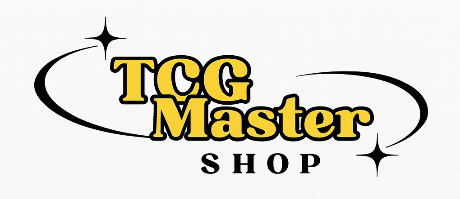Beginner’s Guide to Starting a Pokémon TCG Collection

Beginner’s Guide: How to Start Your Pokémon TCG Collection
Everything you need to begin—budgeting, products, storage, grading basics, and smart buying habits from day one.
Starting a Pokémon TCG collection is exciting—and a little overwhelming. There are decades of sets, multiple product types, and different goals collectors pursue. This guide breaks it down into clear steps so you can start confidently, avoid common mistakes, and enjoy the journey long-term. Whether you’re collecting for nostalgia, display, gameplay, or value, the principles below will help you build a collection you’re proud of.
Step 1: Define your collecting goal
- Nostalgia: Focus on eras and Pokémon you loved first. Use checklists to complete sets or chase specific artworks.
- Display: Choose products with strong shelf presence (sealed boxes, ETBs with art sleeves, special collections).
- Gameplay: Prioritize current-format sets, singles for decks, and staple trainers/energies.
- Value-conscious: Curate sealed products and iconic artworks that have broad, lasting appeal.
Step 2: Set a realistic monthly budget
Consistency beats splurges. Decide a monthly number you’re comfortable with (for example €50–€200) and stick to it. Allocate across:
- Sealed: 40–60% for boxes/bundles you’ll either open or store sealed.
- Singles: 20–40% for specific cards to complete pages or decks.
- Supplies: 10–20% for sleeves, binders, and storage so condition stays pristine.
Step 3: Choose beginner-friendly products
Start simple and fun—then specialize.
- Booster boxes: Great for immersive openings, set familiarity, and trading duplicates.
- Elite Trainer Boxes (ETBs): Packs + sleeves + dice + storage—perfect starter kits.
- Booster bundles & triple packs: Lower entry cost to sample a set.
- Theme/League ready decks: If you want to learn play mechanics quickly.
Browse what’s in stock and compare options directly in our catalog: TCGMasterShop.com/shop.
Step 4: Organize like a pro from day one
- Sleeves: Use penny sleeves for raw protection; upgrade to premium sleeves for display-worthy cards.
- Toploaders & semi-rigids: For hits you may grade later.
- Binders: 9-pocket, side-load, acid-free pages; store upright, away from sunlight.
- Labeling: Sort by set, number, rarity, or Pokémon type—whatever you’ll maintain consistently.
Step 5: Learn condition & grading basics
Card condition drives long-term desirability. Check: centering, corners, edges, surface (print lines), and holo scratches. Practice evaluating under neutral light with a soft cloth and no pressure. If you submit to a grading service later, send only cards with strong eye appeal.
Step 6: Build healthy buying habits
- Buy authentic: Prefer specialist retailers with clear returns and full product details. (See our shop at /shop.)
- Avoid FOMO: Sets rotate; good opportunities return. Stick to your plan.
- Document purchases: Keep receipts, order numbers, and take pictures of sealed items on arrival.
- Trade duplicates: Swap extras to accelerate binder completion and reduce spend.
Step 7: Join the community
Learn from others—local game stores, online groups, and tournament streams. You’ll discover price norms, storage hacks, and which sets people love to open right now.
Starter checklist
- 1 sealed product you’ll open + 1 sealed you’ll store
- 500+ sleeves, 50+ toploaders, a 9-pocket binder
- Soft cloth, neutral light, clean desk area
- Budget tracker (spreadsheet or notes)
- Wishlist per set and per Pokémon
